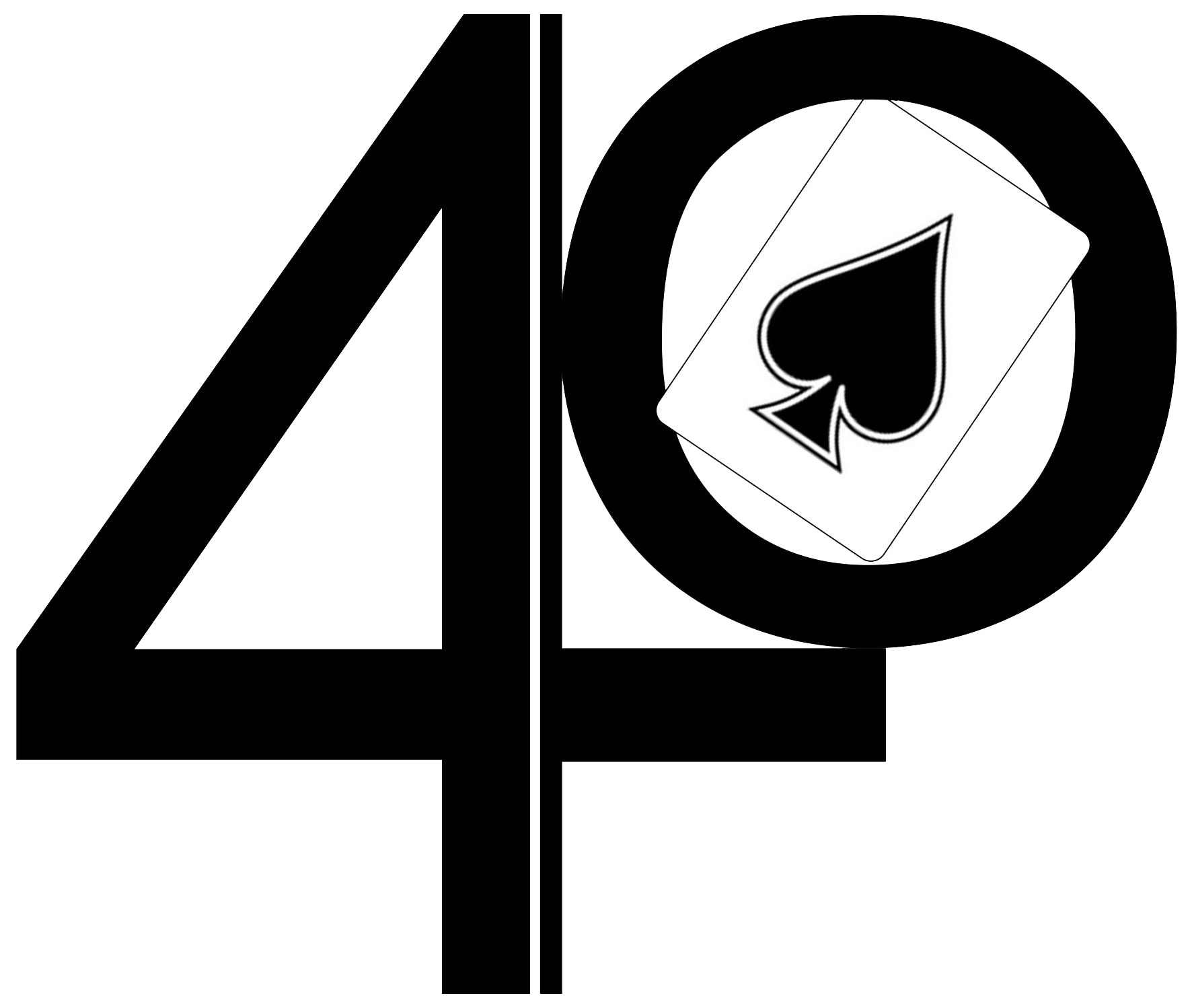* Timing Stack ('hold-backs')
STACKING & CULLING - chapter 3, page 247
The concept of a timing stack versus traditional riffle stacking with hold-backs can be difficult to fully grasp. Without a long-winded discussion, here's the most basic example. The stack is for four aces in a heads-up game and uses only one legitimate riffle!
Start with the aces on top. Corner crimp the bottom card and undercut a thin packet to the top (about one-quarter deck). Split the deck and riffle normally, striving to riffle as purely as you can. If you are an experienced card handler, there's an excellent chance that you just stacked the aces and set a brief with a single riffle. Cut to the crimp and deal two hands. Did you deal yourself the aces without a hold-back or faro shuffle?
To prove my point, as my wife was walking out the door to meet friends, I asked her to riffle the deck . . . as you can see in the clip, there's nothing to it! (I can hear it now: "Forte's wife is a mechanic!") And if you're wondering how many takes were shot, she hit it the first time! The timing works because the purest part of our riffles occur during the center segments of each half. There's generally variance at the bottom of the normal riffle as both sides don't always start at the same time. The same is true for the tops of both halves; both sides don't always end at the same time. But once a rhythm is established, the centers of both halves tend to riffle purely—like a faro. My wife's single-card drop frequency is probably around 70% in these segments.
If you're ahead of me, three ground-breaking ideas will stand out. The first is that when you have an observer with a pure riffle, you have the basis for a miracle. You can let the observer riffle, cut, and deal the aces to YOU! (I've destroyed a few cardmen with this idea!)
Second, the collateral damage of a 'miss' isn't that bad at the card table, as it still provides information about the opponent's hand—e.g., dealer is dealt three aces and knows that the last ace is in his opponent's hand, which can be an edge in many games, particularly rummy-style games.
Finally, the concept of a timing riffle really gets interesting when you start working with ratios; e.g., splitting the deck one-third by two-thirds and dropping two cards from the heavy half for every card dropped from the thin half . . . and that's just the beginning. It sounds impossible until you dig in and do the work!
